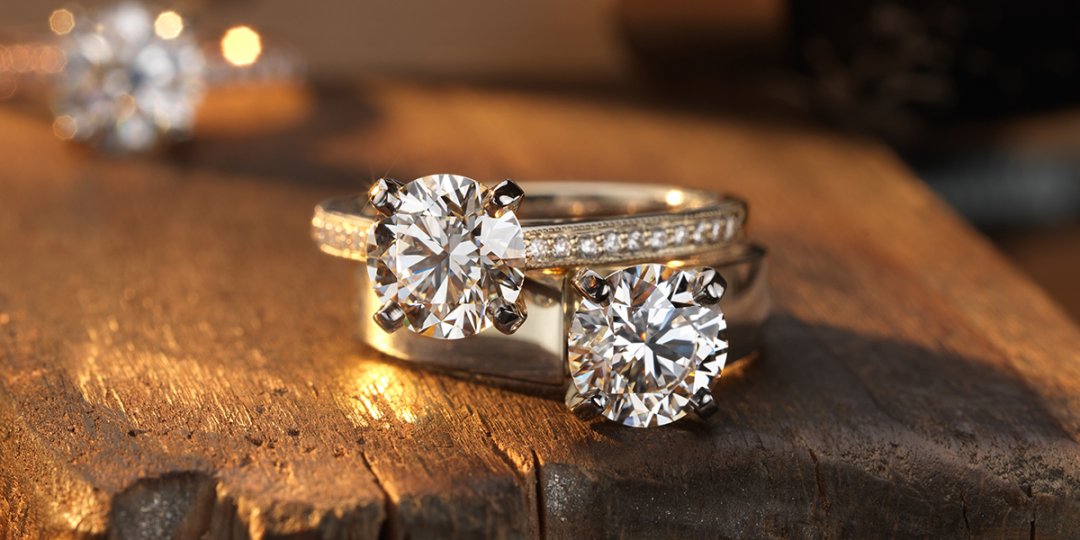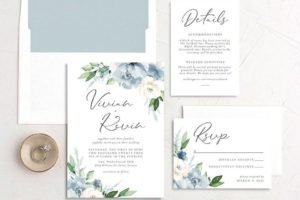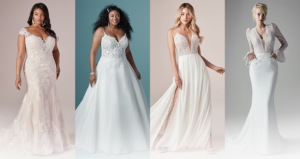4 Considerations to Make Before Choosing an Engagement Ring
When it comes time to shop for an engagement ring, there are various considerations that you need to take into account to ensure that you find the perfect one for you and your partner.
For example, there are so many different shapes to choose from as well as varying colors, carat sizes, stones, and clarity. All of these factors should be thought about before you select one to ensure you find a perfect style for your beloved. In many cases, using a ring builder is the best way to ensure you arrive at the ideal design.
To help you navigate the world of rings, read on for the four considerations you need to make before choosing an engagement ring.
Shape
There is no right choice when it comes to the shape of a ring; it all depends on your partner’s style. You can find stones in various shapes, including round, heart, princess, pear, and oval. Different shapes are better suited for different personal styles and fingers. Undoubtedly, round and princess cuts are the most common shapes as they are two of the most classic options.
However, if your partner likes the look of a multi-stone ring, then an oval or marquise shape may be better. These shapes are also ideally designed for shorter fingers. Alternatively, for those with longer fingers, heart and round shaped stones are more suitable choices. Finally, if your partner enjoys solitaire settings, you may want to choose an asymmetrical stone such as a pear or a trilliant.

Stone
One of the reasons diamonds have always been such a popular engagement stone choice is that they are incredibly durable and offer a timeless look. Diamonds are graded according to their cut, color, carat, and clarity. These four factors together constitute the standard for determining a diamond’s quality. The cut defines the diamond’s sparkle, the color describes the color of the diamond, the carat measures the weight of the stone, and the clarity concerns the number and size of any inclusions and blemishes on the stone.
Perfectly cut stones are going to be the most reflective of the light which, in turn, means they have greater brilliance. Unfortunately, this also is one of the reasons that they cost a lot more money.
That being said, more and more individuals are opting to bypass a traditional diamond engagement ring and instead are choosing a sapphire, emerald, ruby, and amethyst stone or custom lab-grown diamonds. These diamonds are created in highly controlled environments that mimic the conditions in which natural diamonds form. As a result, they boast the same visual and chemical properties as traditionally mined diamonds. The main difference is the price; you can get a much bigger lab-grown diamond for a much lower price than that of their natural counterpart.
Not only are these diamonds less expensive, but they are also better for the planet as they don’t require any mining, which allows the Earth to remain in its natural, beautiful state.
Carat Size
In addition to the shape and type of stone, you also want to consider what carat size you want as this will significantly impact both the size of the ring you are looking for and its cost. Generally, the average carat size is around 0.77, with rings featuring more than one carat often deemed “aspirational.” Rings that are between 1 and 2 carats look lovely while on the finger and don’t feel too large or heavy for the wearer.
As a guide, if your partner’s hands are smaller than a 6.5 ring size, they generally want to have a carat under 1.25 carats. On the other hand, if they are larger than a 6.5 ring size, then they may want a bigger carat. This is because the stones will look much more prominent on smaller fingers. Moreover, the type of stone will also affect the sizing of the carat.
Keep in mind that the bigger the carat size doesn’t necessarily mean the better the ring; you want to think about the wearer’s personal style, hand size, and setting preference (as well as your budget) when determining it.
For example, if your partner works with their hands, has an active lifestyle, or participates in many active hobbies, they may prefer to have a smaller stone. Similarly, if your partner wears other pieces of jewelry daily, they will want the engagement ring to fit with these pieces.

Color
In addition to choosing the color of the stone, you also need to consider the color of the band. Usually, your options include white gold, yellow gold, rose gold (all of which can come in different carats) and platinum.
One of the biggest factors to take into account when choosing the band is the color of your partner’s skin tone. If they have a warm skin tone, then the yellow gold bands will be the most complementary, while those with cool skin tones will suit the white metals (silver, platinum or white gold) more. But, rose gold looks terrific on everyone!
Additionally, you want to think about durability as it relates to your partner’s lifestyle. For example, those who are active will want a durable and robust metal such as platinum or 18ct gold.
That being said, it is generally recommended that engagement rings are taken off and stored securely while doing certain activities such as gardening and physical activities that involve your hands. This will help to maintain the ring and avoid unnecessary wear and tear.
Final Thoughts
Choosing an engagement ring is an exciting time in your life, but it can also be an incredibly stressful one because you want to make sure you get it right! Therefore, it is no surprise that so many people are opting to use a ring builder to design their perfect engagement ring. Perhaps that is what you need to do to ensure your partner gets a ring that is absolutely theirs.
Are you currently shopping for engagement rings? If so, what are you looking for? What are you finding the most challenging aspect of choosing one? Are you considering lab-grown diamond rings? Let us know in the comments below!



